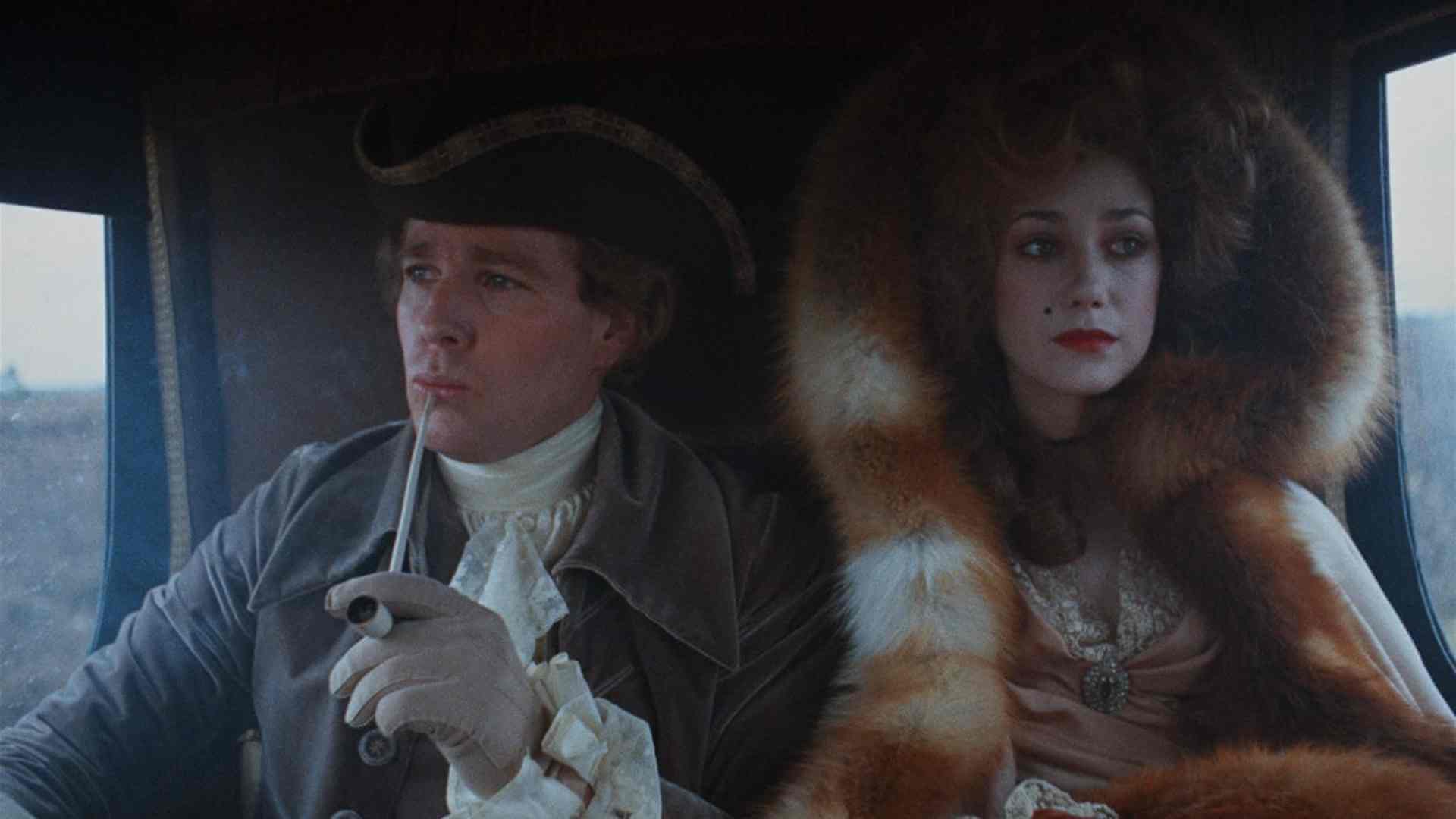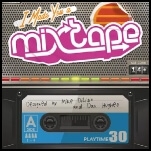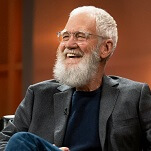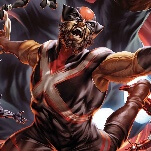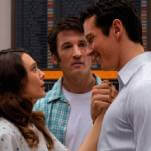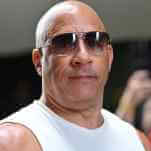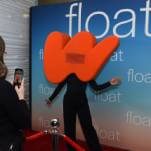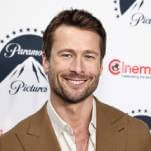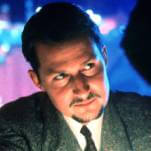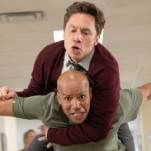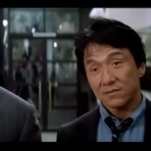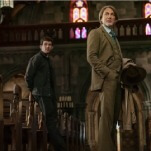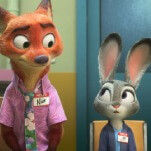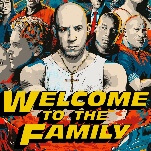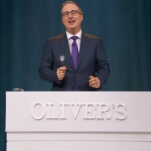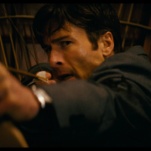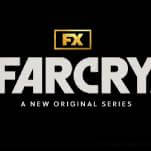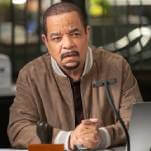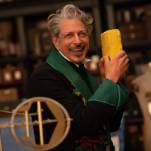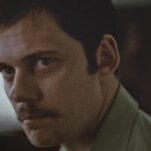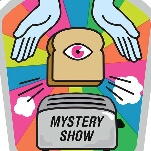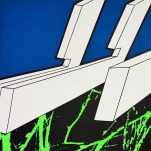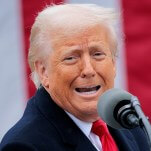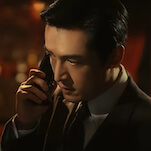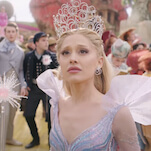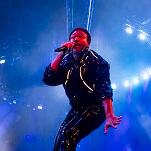In Cult Of Criterion, The A.V. Club highlights a new release from The Criterion Collection each month, examining the films entering an increasingly accessible film canon.
After directing three incisively modern Best Picture nominees in a row, Stanley Kubrick made a period piece, one as suffused with the emotional tenor of its era as Dr. Strangelove, 2001: A Space Odyssey, or A Clockwork Orange. Celebrating its 50th anniversary with a new 4K restoration from Criterion, Kubrick’s 1975 William Makepeace Thackeray adaptation Barry Lyndon was also nominated for Best Picture—in one of the strongest crops the Academy has ever honored—and its baroque, candlelit majesty isn’t as different from its peers as it may initially seem.
Up against Dog Day Afternoon, Jaws, Nashville, and One Flew Over The Cuckoo’s Nest—films all deserving of the half-century celebrations they’ll receive this year, and films all explicitly critical of their country—a picaresque set during the Seven Years’ War doesn’t seem nearly as relevant to the contemporary cultural climate. But in this emotionally suppressed, lavishly shot look at a cold-blooded striver’s epic rise and fall, Barry Lyndon finds an eternal rot under the powdered wigs and painted-on beauty spots. In fact, the incredible attention to detail, something highlighted not just by the stunning restoration but by two included booklet interviews reprinted from American Cinematographer, makes the film’s lipstick-on-a-pig ironies all the more apparent.
At the heart of this is Redmond Barry (Ryan O’Neal), an Irish softboi whose 18th-century opportunism embodies the conflicts of both the “Me” Decade that his film was made in the middle of, and the ruthless “greed is good” ’80s that America was barreling towards. And yet, the historical elements are never compromised, the fastidiousness of Kubrick serving to effectively button up his characters’ familiarly covetous desires, lustful glances, and cruel cold-shoulders under layers of velvet and shadow.
But this is just a costume, not a disguise. From the film’s opening moments—Barry’s father, killed in a duel over something stupid; Barry, confronted by his cousin’s heaving breasts, blows up his life over them—Barry Lyndon establishes itself as a film whose archaic social codes are as transparent as they are opulently realized. There is a reason that the mashup between the film and 21 Savage’s “A Lot” works so well: Bad decisions driven by base impulses aren’t going away. They’re baked into the human condition.
As the film goes on, as Barry attempts to bend the world to his ballsy yet slow-witted will, Kubrick’s script dries out the novel’s humor. Where Thackeray used the first-person, allowing Barry to tell his own unreliable tale and trusting his readers to poke holes in the windbag, Kubrick adds a godlike narrator (Michael Hordern), whose omniscient observations undercut both Barry’s airs and, at times, whatever suspense the film might have. It’s a choice that could be seen as holding the viewers’ hand, escorting them step-by-step through the gaudy affectations. But, compared to directly juxtaposing Barry’s actions with his perception of his actions (which the audience gets a taste of in his self-aggrandizing bedtime story about his war heroics), this narration is more subtle, more grounded, more sly. It’s more ironic than gut-busting, more off-handed than farcical. It’s critical of the mythmaking while still maintaining the aesthetic of the myth.
The atmosphere of the entire film reflects this restraint. The definitive camera move of Barry Lyndon, a slow backwards zoom expanding a close-up of a character into a tableau contextualizing their smallness, is both evocative of the time period’s fine art and cuttingly contemplative of our individual place in the grand scheme of things. All the innovations that went into John Alcott’s Oscar-winning cinematography (which utilized lenses originally developed for NASA to use in the Moon landing, something that ended up influencing the rumor that the event was a Kubrick-filmed hoax) served a purpose beyond pure beauty. It reflected not only the setting, but how those living in it saw themselves in art: dignified, noble, composed. Creating the perfect veneer meant that it was all the more powerful when it fell away.
During conversations between characters, it can seem as if they’re holding their breath in a battle of wills, waiting for the other to burst first. And when they do finally pop, recognizable humanity spills forth in a messy flood of violence. The suppressed, bottled-up emotions—never as opaque as its ladies and lordlings might hope—explode just like they do in so many of this film’s peers. These climactic collisions, almost always resulting in death or dismemberment or social suicide, surface all the things people were far too polite to mention in the the 1770s…or, say, the 1950s. Barry’s rampant cheating, his foolishness with money, his gold-digging, his pridefully quick temper—-these are translated through the idiom of the era, but are no less jagged and human than the other shaggy-dog stories of imperfect men bumbling into and out of theaters at the time.
As a filmmaker who worked in nearly every genre imaginable, Kubrick’s career trajectory always seemed surprising. But Barry Lyndon, like so many of his other eyebrow-raising pivots (Kubrick’s next film? The crowd-pleasing Stephen King adaptation The Shining), was less a departure from his interests and his environment than it appeared at first blush. It still presented a somewhat bleak view of humanity, translated through people whose deeper feelings were encased inside stubborn customs, with a bitter sense of humor, presented through images that served its message and its setting. Don’t let the engrossing singularity of its candelabra flames fool you. Barry Lyndon is as of its time as it is timeless.
